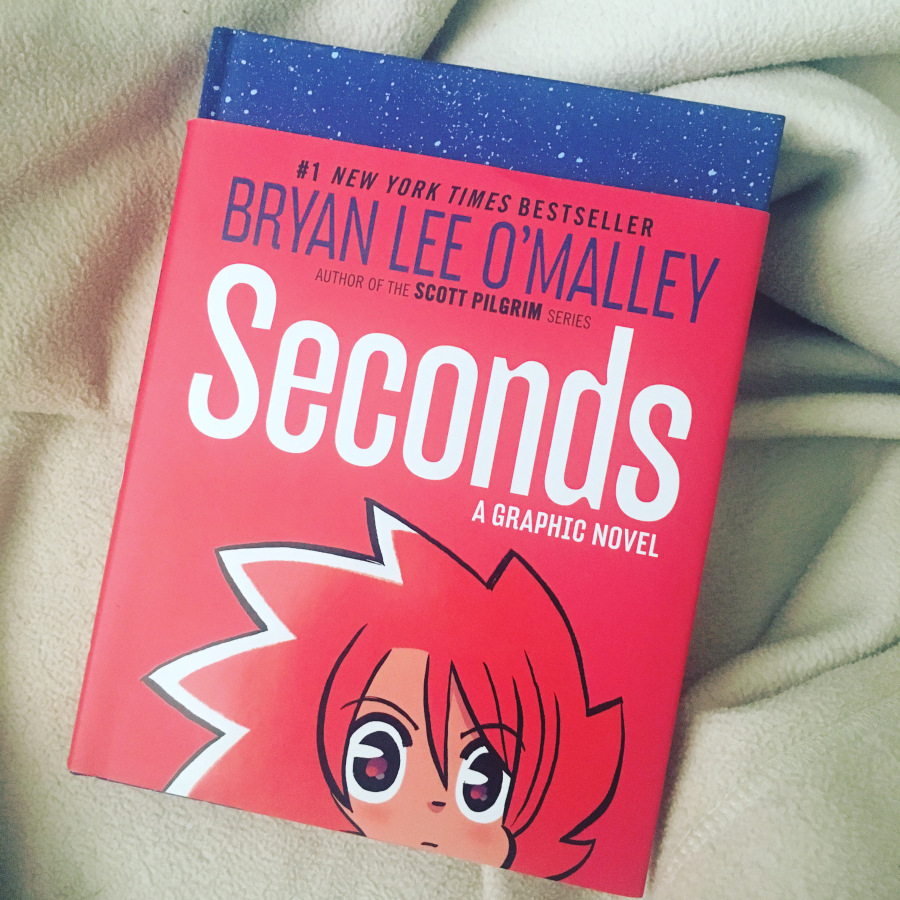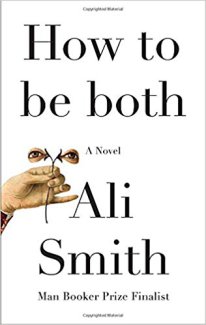Kaitlyn Dunnett/Kathy Lynn Emerson here, today writing as Kathy. As some of you know, under that name I write (mostly) historical novels set in the sixteenth century. My interest in that period of history and the women who lived in England back then dates from my childhood, when I read a YA biography of Queen Elizabeth the First. By the time I was in college, I was fascinated by the stories of other influential Tudor women and when I finally took the plunge and sat down to write my first full length novel, I chose to set it in the 1550s.

It didn’t sell. Neither did any of the fiction I wrote during the late 1970s. But in the process of learning my craft, I accumulated file cabinets full of notes and shelves full of books about sixteenth-century England. It was soon obvious to me that, for the most part, details about the lives of sixteenth-century women had been relegated to a sentence here and a footnote there. Often they were identified only as someone’s wife or daughter. Frequently their first names were omitted. Given the number of marriages some women made, an individual could go by a number of surnames and titles in the course of her lifetime, but in many cases no one made the connection between those names. If they had, they’d have realized what interesting lives a lot of sixteenth-century women led.

It seemed to me that it would be helpful to have a reference book that sorted out their identities while also providing a starting point for others to do further research. Since no one else had written one, I decided to tackle the project. My proposal for a book on Tudor women went through several incarnations before finally evolving into a who’s who format. In 1980, after many rejections (“Not scholarly enough”; “Too scholarly”; and my favorite, “Not feminist enough”) I sold the concept to a small scholarly press. It was my first sale. There was no advance. In hindsight, I know that I signed a very disadvantageous contract, but I was still a pretty happy camper. The book was published in 1984 as Wives and Daughters: The Women of Tudor England.

It is both a good thing and a bad thing that the 570 entries in Wives and Daughters eventually became outdated. What’s good is that interest in women’s studies expanded and new discoveries were made. Some of them contradicted what scholars thought they knew. Printed material that was difficult to get a look at in the 1970s is readily available today through electronic search engines, expanding our knowledge even further. The bad part? For decades, I couldn’t do anything about updating my book. It wasn’t until the publisher finally went out of business that my rights were returned to me. At that point, I began updating the entries and adding new ones and created my online A Who’s Who of Tudor Women. On the premise that they were for educational purposes only (I wasn’t charging money for people to view the information) I included portraits and photos of monuments when I could find them.

Fast forward to 2017. Now that I’m no longer writing under the Kate Emerson pseudonym, I’ll be letting that domain name expire at the end of the year. Since that’s where the Who’s Who has been housed, I’m now in the process of launching a new website for my Tudor women biographies. Since art historians keep changing their minds about the identities of subjects of portraits, and since copyright issues are always tricky, I’ve decided to eliminate the illustrations. Anyone who is interested in a particular woman can find her portrait somewhere on line or in a book, just as I did.
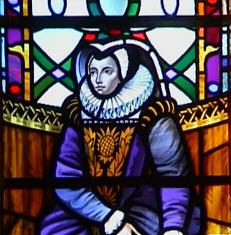
Compiling A Who’s Who of Tudor Women has been my hobby for decades. And yes, I admit it, it’s also something of an obsession. At last count, there were 2,278 entries. The Who’s Who was never intended to be a scholarly undertaking. I give some sources, but by and large the entries are still compiled from fleeting mentions of the subject in a wide variety of places. If I included footnotes, they would take up more space than the mini-biography itself. As I said earlier, I intended them to be starting points for more serious research.
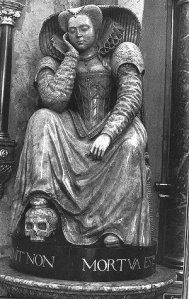
Unlike writing a single book, this is a project with no end. Every time I start research for a new historical novel or short story set in the sixteenth century, I discover more interesting Tudor women. Over the years, I’ve also met several similarly obsessed scholars and numerous genealogy buffs. They often share their latest discoveries with me.

What about you, readers of this blog? Are you obsessed with some sort of research? Even if you aren’t writing a book, it’s easy to get hooked while climbing your family tree. Or maybe you read everything you can find on some arcane subject. Share, please, and one lucky person who comments on this post will win an advance reading copy of X Marks the Scot (written as Kaitlyn Dunnett and in stores November 28), in which Liss MacCrimmon and her friends embark on a research project of their own.

Kathy Lynn Emerson/Kaitlyn Dunnett is the author of more than fifty traditionally published books written under several names. She won the Agatha Award and was an Anthony and Macavity finalist for best mystery nonfiction of 2008 for How to Write Killer Historical Mysteries and was an Agatha Award finalist in 2015 in the best mystery short story category. She was the Malice Domestic Guest of Honor in 2014. Currently she writes the contemporary Liss MacCrimmon Mysteries and the “Deadly Edits” series (Crime and Punctuation—2018) as Kaitlyn and the historical Mistress Jaffrey Mysteries (Murder in a Cornish Alehouse) as Kathy. The latter series is a spin-off from her earlier “Face Down” mysteries and is set in Elizabethan England. New in 2017 is a collection of short stories, Different Times, Different Crimes. Her websites are www.KaitlynDunnett.com and www.KathyLynnEmerson.com
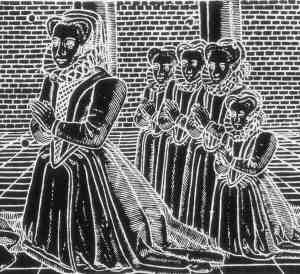
Were you wondering about the women featured in the portraits? Imagine how frustrated I was when I couldn’t identify someone mentioned in a footnote. The illustrations above show:

